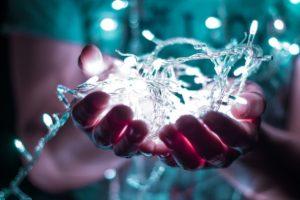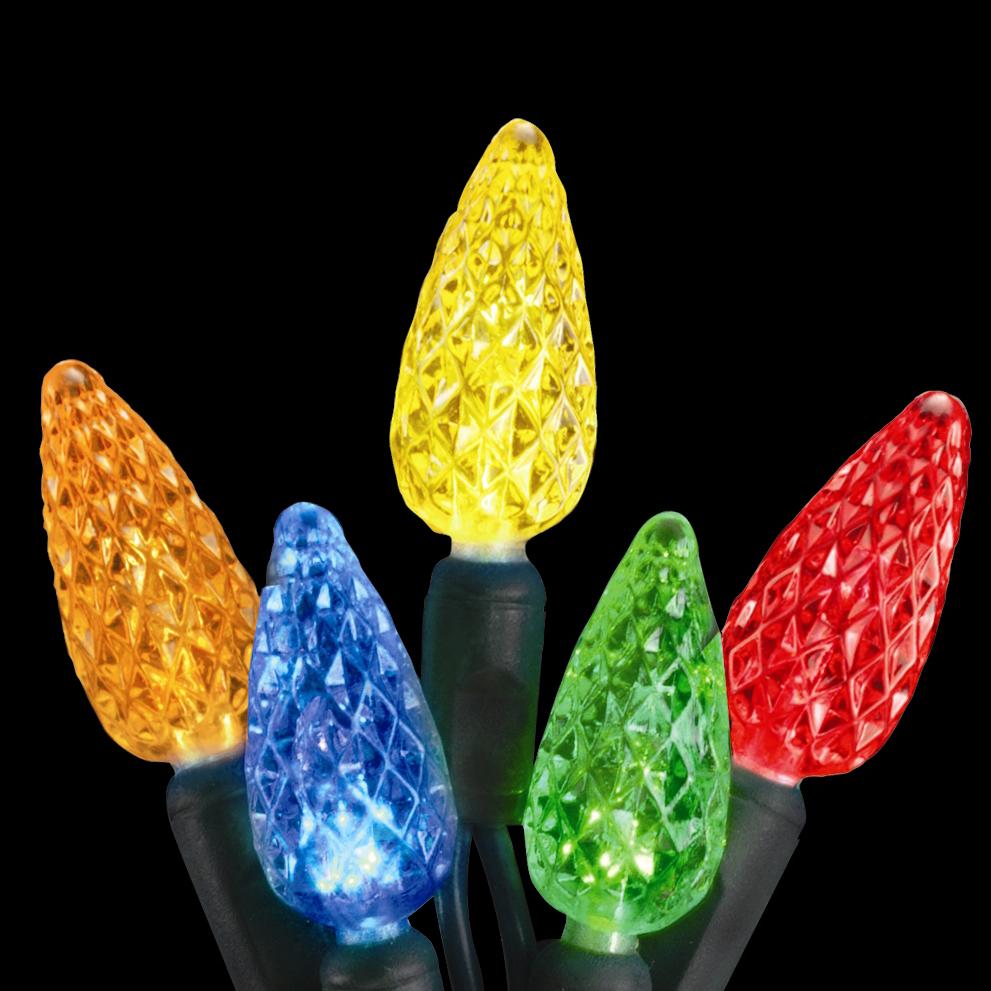LEDs Explained: How Do LEDs Work?
Are you interested in how LEDs work and what makes them the best? Keep reading below to learn more!
History of Light Bulbs: The Working LEDs Genealogy
Light bulb history can be a bit complicated. However, the gist of it is this:
In the early 1800’s, several inventors started creating their own version of incandescent light bulbs. Many of them were successful, but they were not credited with the invention of the first light bulb. Why?
They created light bulbs, but they were far too expensive, complicated, and impractical for commercial use. It wasn’t until our hero-in-waiting, Mr. Thomas Edison, came along and everything changed.
Thomas Edison, buying a patent from Canadian electricians Henry Woodward and Mathew Evans, began serious research into a practical incandescent lamp in 1878. He and his team worked diligently until November of 1879, when they filed a patent for an electric lamp that used carbon filaments or strips that were coiled and connected to contact wires.
The patent described the details of creating the carbon filaments with products such as cotton and wood, but it wasn’t until a few months after filing his patent that the team discovered bamboo would last the longest.
This discovery led to the first commercially manufactured light bulb, sold by the Edison Electric Light Company.
How LEDs Work Is Revolutionary
Although lightbulbs have been around for over 150 years, LEDs are still relatively new to the market. Although they are similar in appearance to other light bulbs, LEDs are one-of-a-kind and how LEDs work is no exception.
LED light bulbs don’t have filaments like standard light bulbs – this means that they don’t get hot and they don’t “burn out.” Instead, they are made with a diode, or a semiconductor. This material is what produces the electrical current that eventually leads to the light we see.
Confused? Don’t be! It’s actually quite simple. Without getting too technical, it goes something like this:
The diode in an LED contains two types of materials, N-type and P-type.
In between the N-type and P-type sides of the diode are electrons.
To make the diode work, the N-type must be hooked up to the negative end of a circuit, and the P-type to the positive end. When voltage is applied, the electrons move from one side to the other and interact.
This interaction creates light!
The Way LEDs Work Leads To Multiple Advantages Over Other Lighting
Now that you know how LEDs work, I’m sure you’re asking yourself what makes them so special? Lots of things!
LED color options
LEDs come in all color options, and in varying shades. Are you looking for something offers cool, bright white light? That’s available. Or perhaps you’d prefer a deep, warm yellow color? Yep, there are LEDs for that too. They come in every color on the spectrum, so you’re bound to find something you love.
LED lifespan
It’s great that LED lights come in all different shapes, sizes, and colors, but how long do they last? That’s a fantastic question. In general, LEDs have a life expectancy of approximately 50,000 hours. Incandescent lights can only last approximately 10,000, and CFLs only 20,000.
LED carbon footprint
Not sold on LEDs yet? No problem, because i’ve saved the best for last: the biggest advantage of how LEDs work is the LED carbon footprint. Because LED lights are using approximately 90% less power to light, they are reducing over 500 million tons of carbon dioxide emissions each year. That’s an astronomical number! And on top of that, LEDs last much longer than other bulbs. This means that consumers are having to buy less of them, and manufacturers are making less of them. It’s a win-win all around!
Working With LED Lights: Different Uses
Now that you know LEDs are the best on the market, I’m sure you’re curious about all of their uses. Keep reading below as I dive into two common products that use of LEDs.

String lights
The most obvious product of all is string lights. Nowadays, most string lights you use have LEDs in them because they’re small and durable. That is definitely important for string lights, because they make it easier to manipulate them. Wrapping them around your porch pillars, or perhaps you’re adding above cabinet lighting in your kitchen? These are perfect!
Christmas lights
You might be asking yourself how Christmas lights are different from string lights. Other than the obvious answer that they are magical and are the best way to spread Christmas cheer (thanks Buddy the Elf!), they are also more durable than standard string lights because they’re meant to be used outdoors during the harshest months of the year.
You want your Christmas lights to be small, bright, and impervious to the cold and wet snow, right? LEDs are the perfect option for you. And as stated before, they last a while. So, no need to worry about yanking out the ladder in a snowstorm to fix a broken bulb.
Questions?
Do you have more questions regarding LED lights? No problem. LED Lights Unlimited has operated in Idaho’s Silver Valley for decades, helping to bring our customers’ visions to reality through a variety of custom LED lights, commercial string lights, auto and boat LEDs, patio lights and so much more.
Feel free to browse through our FAQ, or you can contact us directly. We would love to answer any questions you may have about LED bulbs and our products!

